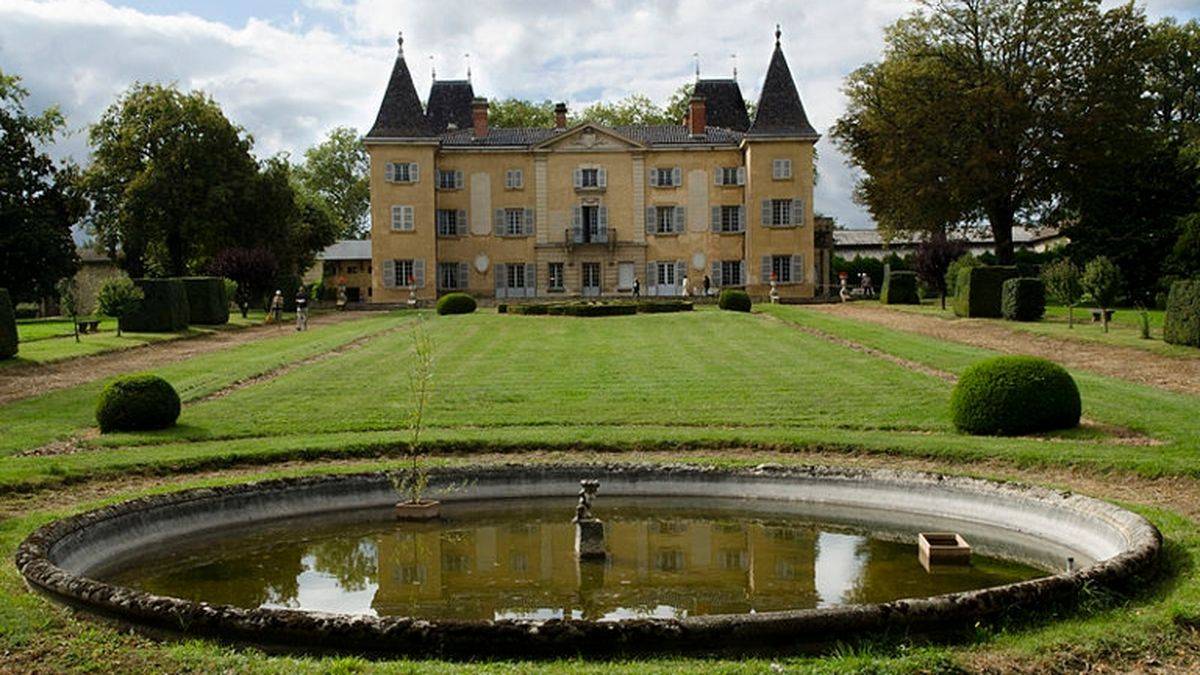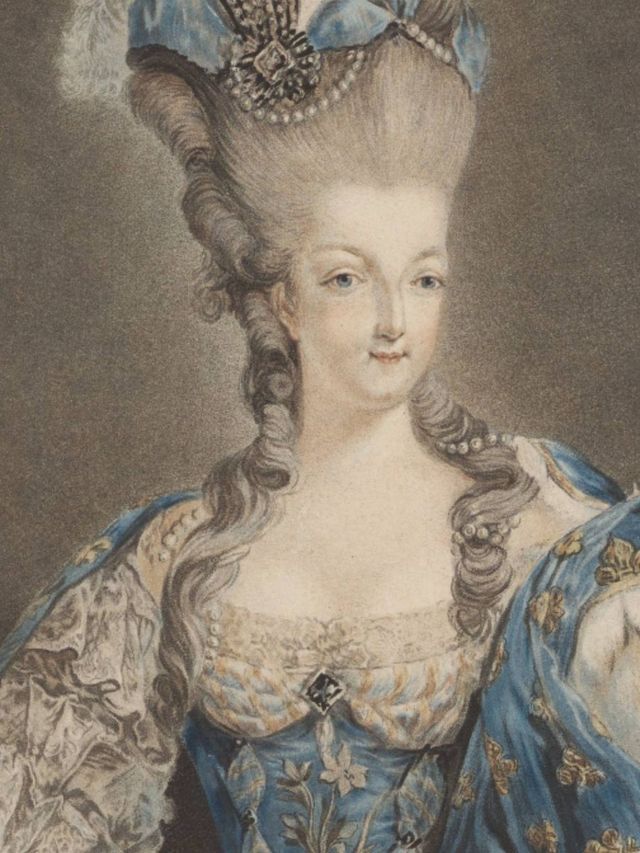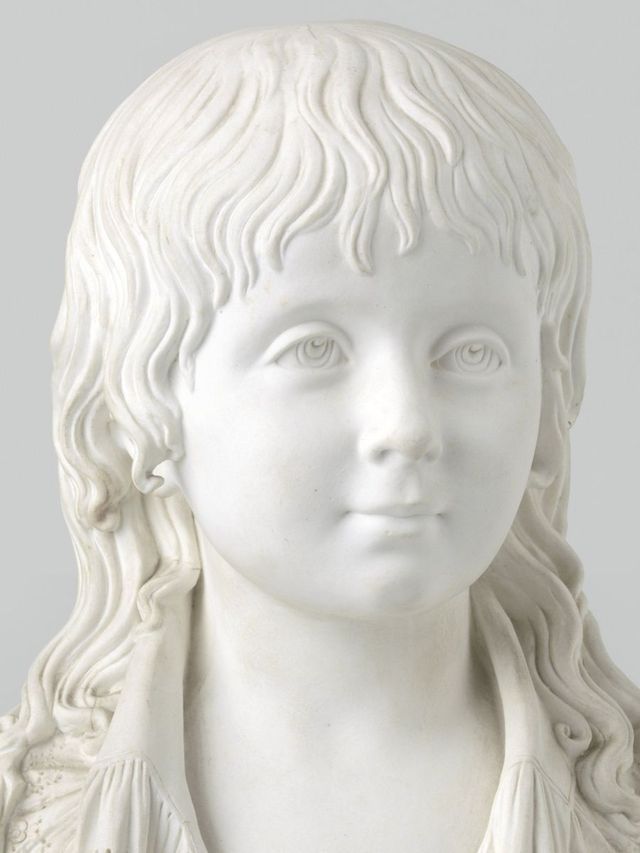 The castle | ©Laurent Delmas / CC-BY-SA
The castle | ©Laurent Delmas / CC-BY-SAVaurenard and the Corteille
The first castle of Vaurenard dates back to the 14th century, a simple manor house raised for lords of Beaujeu.
Then, the land fell to several owners, until 1672, where the family Corteille turned up and owned it.
Pierre Corteille was the king’s counselor in Lyon; he extended the primitive manor.
And in 1800, Vaurenard’s heiress, Catherine Corteille, married count d’Apchier.
This lady hosted in the castle a weird person: baron de Richemont… the real Louis XVII?
Baron de Richemont: the real Louis XVII?
A Louis XVII’s mystery
We don’t know exactly how the little Louis XVII died, Louis XVI and Marie-Antoinette’s son.
Do you remember? We found his tracks in the church of Sainte-Marguerite in Paris. So, it became one of the strangest enigma of French history…
Several dauphins soon appeared after the French Revolution: the most famous was Charles Naundorff, the German adventurer, but we had about 40 false dauphins…
The royal family instituted legal proceedings against them, and locked them in jail.
Phew, not easy to clear up the truth from the falsehood, in this story!
A revelation for the countess!
The countess d’Apchier, as for herself, made her choice: she lived alone in Vaurenard since her husband’s death.
One day in 1833, a friend came to see her, saying that Louis XVI’s son was alive, and that he had his address in Paris…
Catherine didn’t believe it! She always respected and loved the royal family (she worked for them, in the past, especially for the duchess d’Angoulême).
She always knew in her poor heart that Louis XVII was alive, somewhere…
So, she went in Paris to meet him. She said she recognized him immediately.
Baron de Richemont (that was his name) started to confide. About his childhood, the Temple jail, and so on.
He even showed his birth certificate, saying he was born in Versailles on March 1785, son of Louis XVI and Marie-Antoinette!
He talked her about his fantastic life, his escaping from the Parisian jail of the Temple and his life in Europe...
Real baron? Impostor?
In fact, baron de Richemont was named Claude Perrin.
He escaped from jail, then he fought in Egypt for Bonaparte, then he went to Brazil.
But he was also a crook, many times condemned for usurpation of identity…
Yes, our so-called baron had several identities: baron de Richemont but also Mathurin Bruneau, marquis de Longueville, Louis-Charles de Bourbon…
Hey, he simply took advantage of this poor chatelaine of Vaurenard, sponged off her between 1833 and 1853, the year he died.
Did the baron’s arrival in Vaurenard change the countess’ life?
He was like a sun beam for her, it didn’t matter who he was, as long as he brought life again in the castle...
Louis XVII’s grave in Gleizé
Registers from the city hall of Gleizé mentioned the death, in Vaurenard, on August 10th 1853, of a man called Louis-Charles de France, ″born in Versailles, living in Paris rue de Condé, 68 years old, single.″
The cemetery of this small town houses a curious monument: a very simple grave, with this plaque: ″No one will say on my grave: Louis, you have grounds to complaint. Pray for him!″
Before that, the countess d’Apchier engraved on the tomb: ″Louis-Charles de France, son of Louis XVI and Marie-Antoinette, born in Versailles on March 17th 1785, died in Gleizé on August 10th 1853″, but the justice forced her to remove those words...


